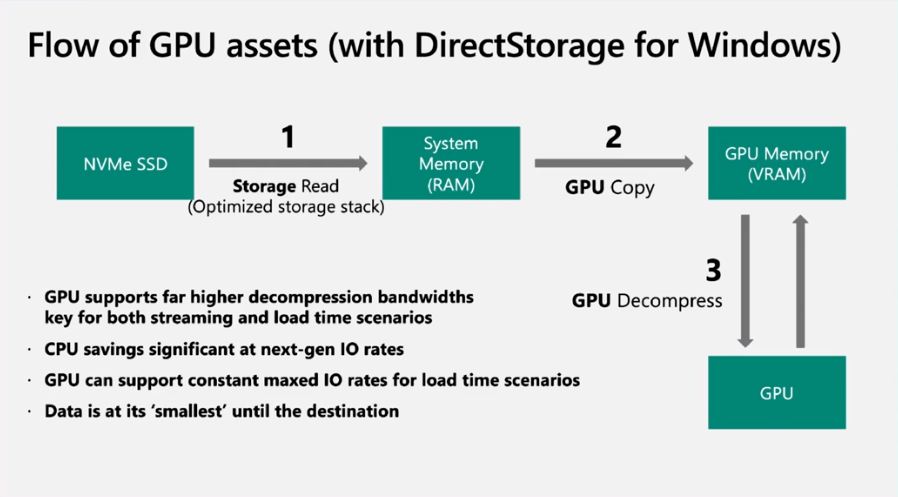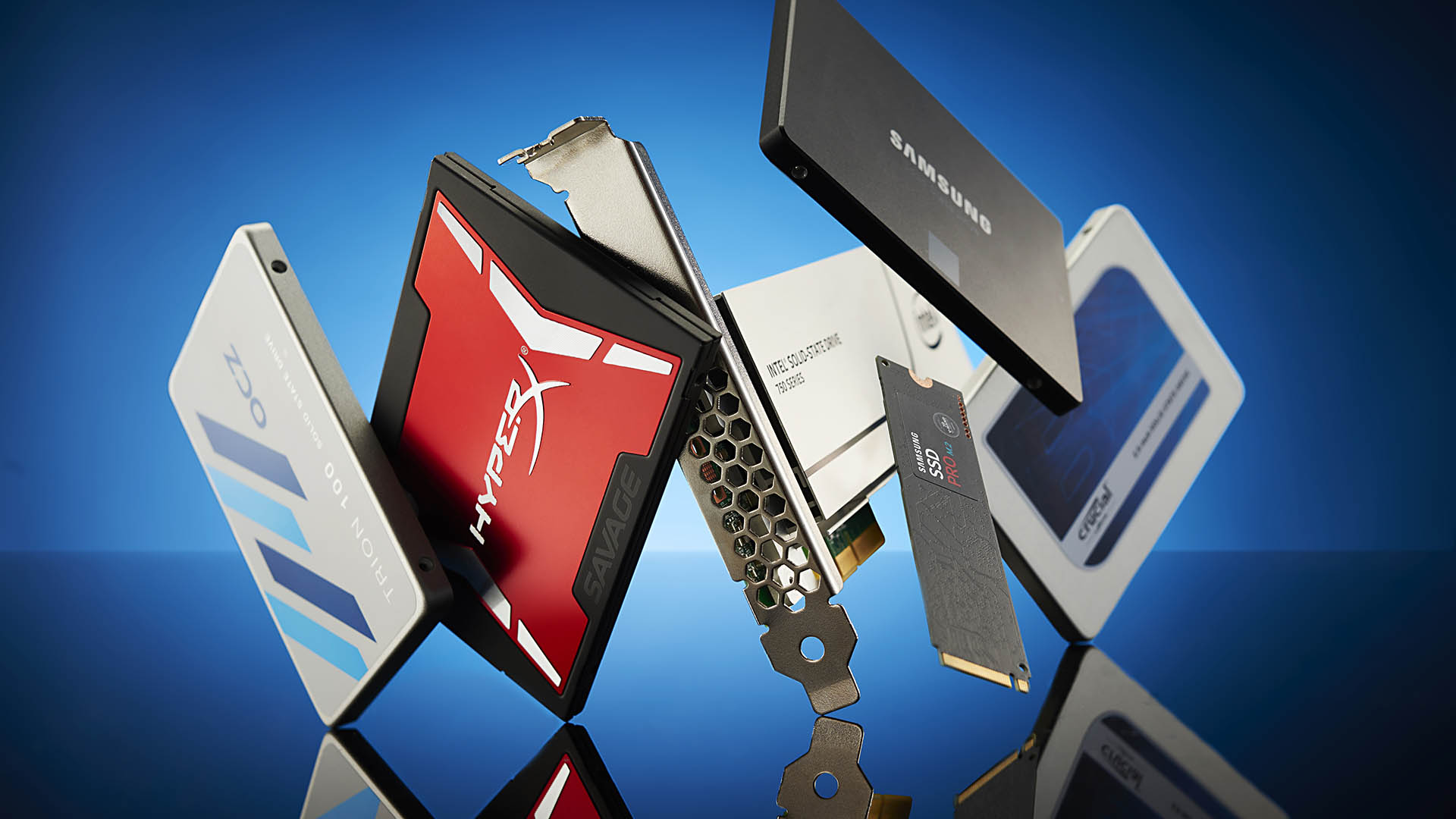Apple mimics Microsoft putting speedy SSDs to work in games
Over at Apple's WWDC 2022 event, the Cupertino company announced a handful of new gaming features coming to its Apple silicon-powered Macs. One was MetalFX Upscaling, its very own feature to rival AMD and Nvidia's current FSR and DLSS offerings. But the other sounds exactly like Apple's very own version of Microsoft's DirectStorage technology.
Apple announced the Fast Resource Loading API for Metal 3, the latest version of its graphics framework. Fast Resource Loading API "minimises wait time by providing a more direct path from storage to the GPU, so games can easily access high-quality textures and geometry needed to create expansive worlds for realistic and immersive gameplay."
A lot of buzzwords at the end there, but sound familiar?
DirectStorage is a storage technology created by Microsoft and set to be utilised by Nvidia and AMD with their respective RTX IO and SmartAccess Storage technologies. It essentially reroutes assets from your speedy storage drives, bypassing the CPU and sluggish APIs, straight to the GPU for rendering in a frame. Thus reducing overall latency, maximising bandwidth from an NVMe SSD, and speeding up loading times.
DirectStorage was originally a Windows 11 only feature but it has since been announced it is also headed to Windows 10. There are likely other requirements for DirectStorage: likely a supported GPU and a fairly speedy SSD. Just how fast that SSD needs to be we don't know, but likely PCIe 4.0 bandwidth or better for the full effect.
Now it would appear that Apple plans to integrate a DirectStorage alternative into its own graphics programming model. Makes sense—Apple has full control over its own silicon nowadays and can piece together all the constituent parts to make it work smoothly. Its latest silicon, the Apple M2, also promises to deliver 35% more graphics performance than its predecessor. So that's well-timed.

Apple's Fast Resource Loading API is not really a competitor to DirectStorage, however. Apple's silicon doesn't play nice with Windows systems, or vice versa. But it does go to show that these technologies—upscaling, NVMe storage APIs, etc.—are starting to become the new norm for gaming on all platforms
Don't forget, Xbox also uses a version of DirectStorage and game developers on the platform now have access to AMD's upscaling technology in the Xbox GDK. The PlayStation 5's Kraken and IO subsystem also operates in a similar fashion.

Best SSD for gaming: the best solid state drives around
Best PCIe 4.0 SSD for gaming: the next gen has landed
The best NVMe SSD: this slivers of SSD goodness
Best external hard drives: expand your horizons
Best external SSDs: plug in upgrades for gaming laptops and consoles
Metal 3 is being introduced alongside No Man's Sky and Resident Evil: Village later this year, though no exact date has been given. It's very possible that DirectStorage arrives within the first PC games alongside the next-generation of GPUs towards the latter half of the year, too, meaning these two technologies arrive around a similar time. There are no firm dates for either just yet, however.
We know AMD plans to roll out SmartAccess Storage alongside developers Luminous Productions in Forspoken, and it's already shown off how load times can shrink from 10 seconds to just one second with the feature enabled. So there's at least good reason to get excited by its arrival.
Goodbye, loading screens. We knew ye too well.

Post a Comment